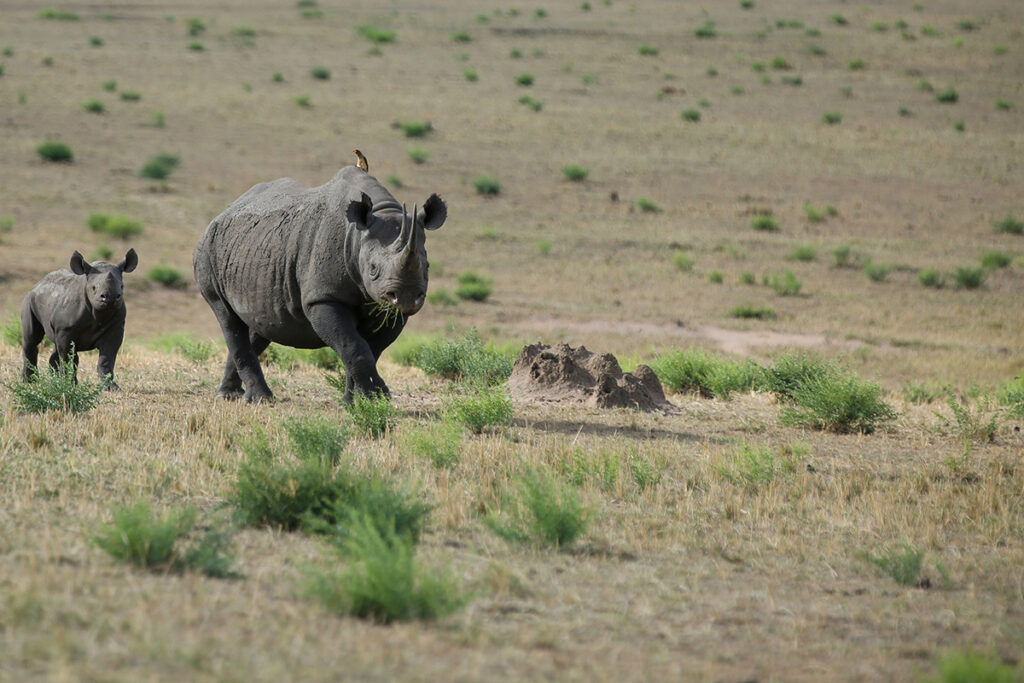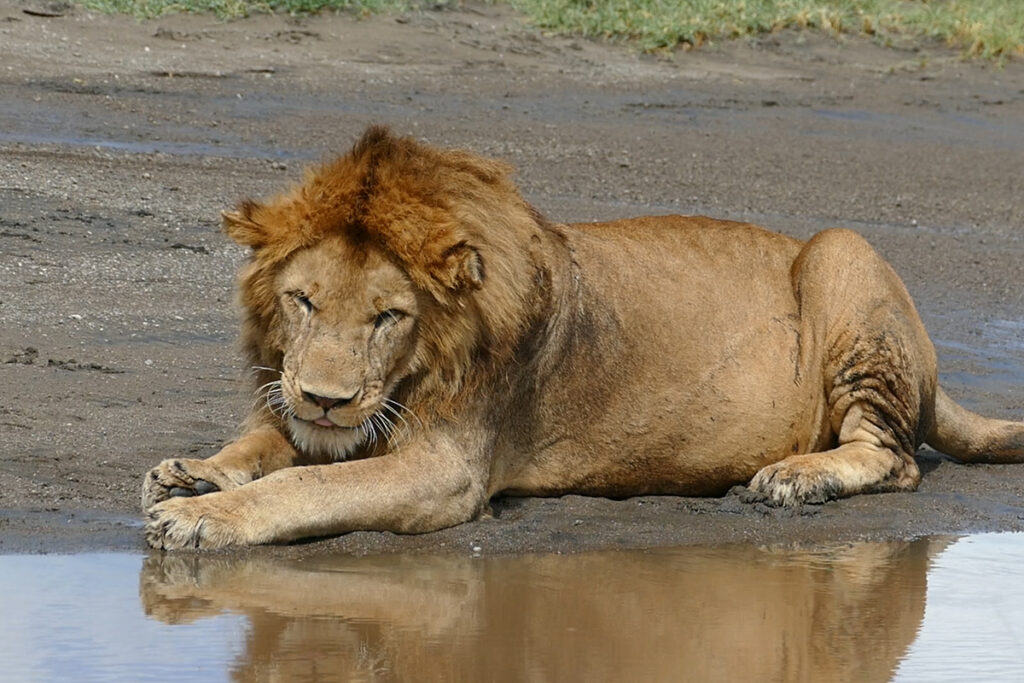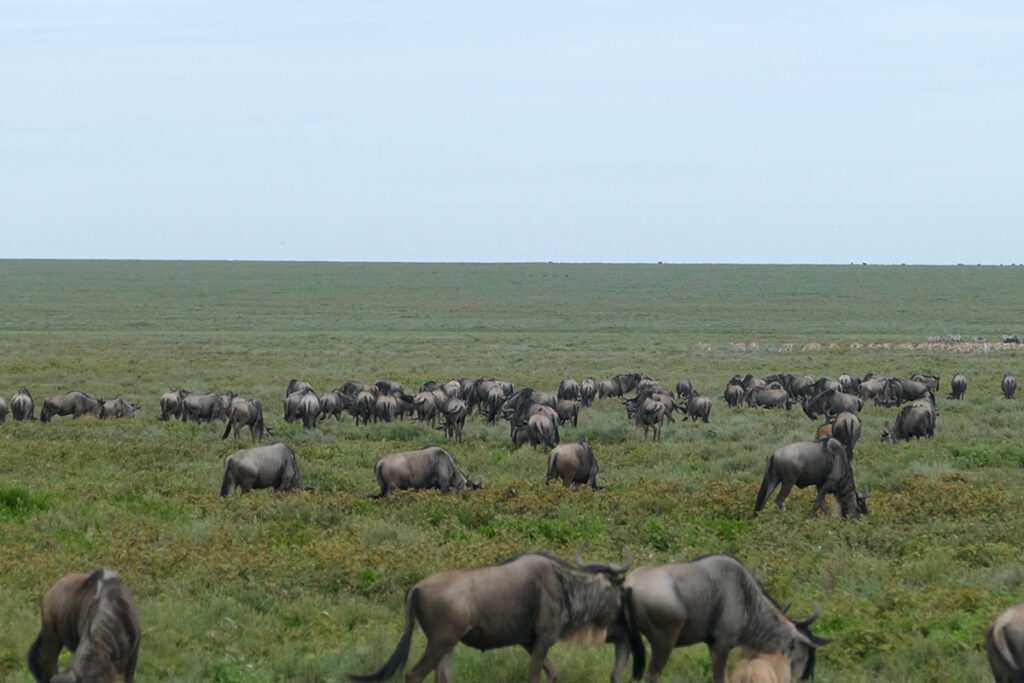Are you ready to embark on the adventure of a lifetime? Climbing Mount Kilimanjaro, Africa’s highest peak, is a bucket-list experience that offers breathtaking scenery, physical challenges, and a deep sense of accomplishment. This guide will help you plan your dream Kilimanjaro climb, covering everything from choosing the best route to preparing for the altitude.
Understanding Kilimanjaro
Kilimanjaro is located in northeastern Tanzania and stands at 5,895 meters (19,341 feet). It’s the tallest free-standing mountain in the world, composed of three volcanic cones: Kibo, Mawenzi, and Shira. The climb takes you through five distinct climate zones, from tropical rainforests to arctic conditions at the summit. Understanding the mountain’s structure and climate is essential for a successful climb.
Best Time to Climb
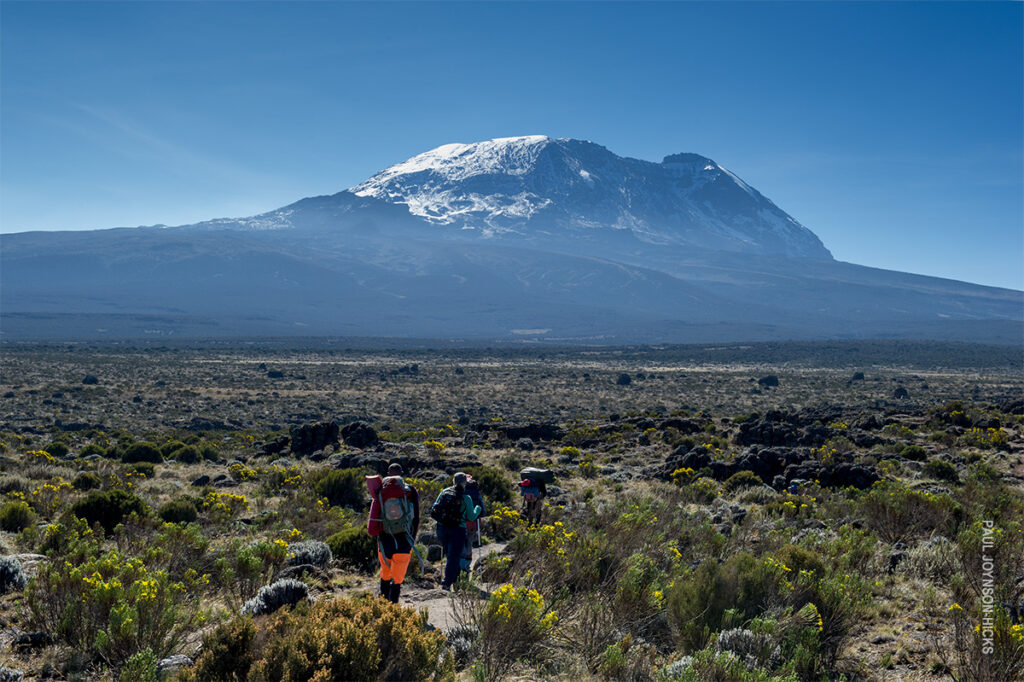
The best times to climb Kilimanjaro are during the dry seasons: January to mid-March and June to October. These periods offer more stable weather conditions and better trail conditions. While these are peak climbing seasons with more crowds, the experience is more enjoyable due to the favorable weather. It’s essential to consider the weather and crowd levels when planning your climb to ensure a smooth experience.
Choosing Your Route
Kilimanjaro has several routes to the summit, each with its unique characteristics. Here are the main ones:
Marangu Route
Known as the “Coca-Cola” route, Marangu is the only route with hut accommodations, making it a comfortable option. It’s the shortest and considered the easiest, but has a lower success rate due to its rapid ascent.
Machame Route
Also called the “Whiskey” route, Machame is popular for its diverse and scenic landscapes. It offers better acclimatization opportunities with its longer, more gradual ascent.
Lemosho Route
Favored for its stunning views and high success rate, the Lemosho route provides a longer trek with ample time for acclimatization, making it suitable for those seeking a more leisurely climb.
Rongai Route
Approaching from the north, Rongai is less crowded and offers a unique perspective of the mountain. It is relatively dry and is a good choice during the rainy season.
Shira Route
Starting from the west, the Shira route merges with the Lemosho route and offers expansive views. It requires a higher level of fitness due to its challenging terrain.
Umbwe Route
Known for being the shortest and steepest route, Umbwe is less traveled and more challenging, suitable for experienced climbers seeking a direct ascent.
Northern Circuit Route
Northern Circuit Route is the longest route, offering a comprehensive experience with the highest success rate due to its extended acclimatization period.
Physical and Mental Preparation
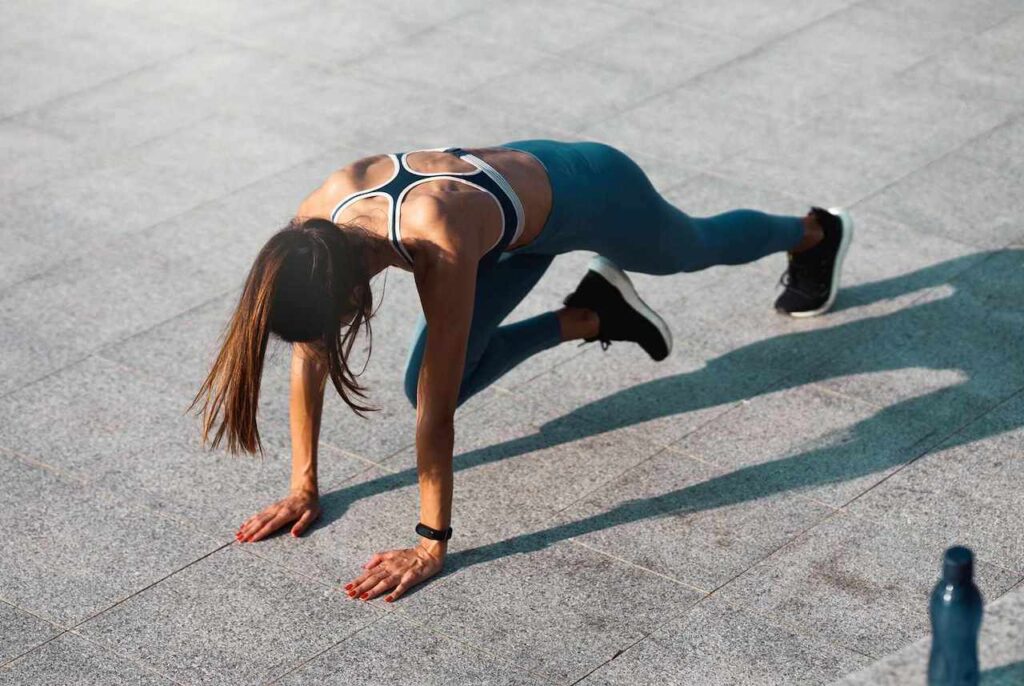
Climbing Kilimanjaro demands both physical fitness and mental resilience. A well-rounded training regimen should include cardiovascular exercises, strength training, and hiking with a weighted pack. Start your training at least three months before your climb. Mental preparation is equally important; visualize your success, stay positive, and be prepared for the challenge.
Gear and Equipment
Having the right gear is crucial for a successful climb. Here’s a list of essentials:
- Footwear: High-quality hiking boots and camp shoes
- Clothing: Layered clothing for varying temperatures, including moisture-wicking base layers, insulating mid-layers, and waterproof outer layers
- Accessories: Hats, gloves, sunglasses, and trekking poles
- Camping Gear: Sleeping bag rated for cold weather, a backpack, and hydration system
Brands like The North Face, Patagonia, and Osprey offer reliable gear. A detailed packing list will ensure you’re fully prepared for the journey.
Health and Safety
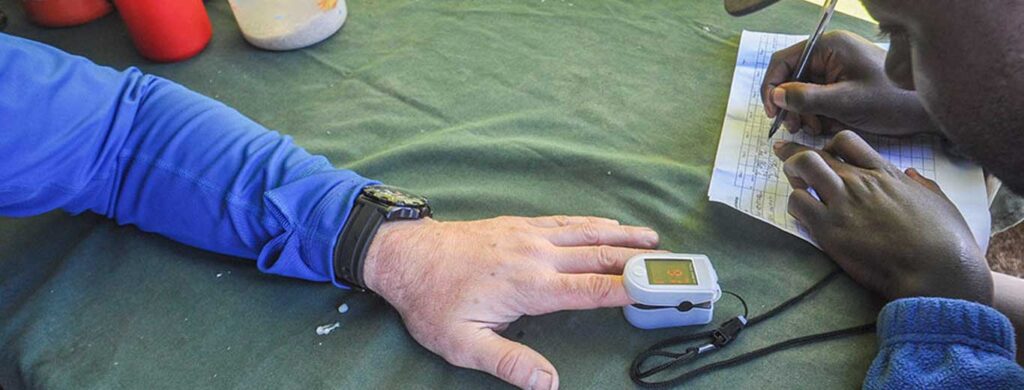
Altitude sickness is a major concern when climbing Kilimanjaro. Symptoms can include headaches, nausea, and dizziness. Preventive measures include a gradual ascent, staying hydrated, and using medications like Diamox. Ensure you have the necessary vaccinations, such as yellow fever, typhoid, and hepatitis A. Follow safety tips and emergency procedures provided by your guide to ensure a safe climb.
Permits and Regulations
Climbing Kilimanjaro requires permits, which are typically included in guided tour packages. Park regulations focus on conservation efforts, such as waste management and wildlife protection. Adhering to these rules helps preserve the mountain’s natural beauty and ensures a sustainable experience for future climbers.
Budgeting Your Climb
The cost of climbing Kilimanjaro can vary widely, ranging from $1,500 to $5,000 or more. Key expenses include permits, guide and porter fees, accommodation, and gear. Budget-friendly tips include choosing group tours, booking in advance, and considering shoulder season climbs to save money. Whether you opt for a budget or luxury climb, planning your finances carefully will help you avoid unexpected costs.
Accommodation and Food
On Kilimanjaro, accommodation ranges from basic huts on the Marangu route to tents on other routes. Meals are typically hearty and designed to sustain climbers, with options for dietary restrictions available. It’s essential to stay nourished and hydrated to maintain your energy levels throughout the climb.
Hiring Guides and Porters
Guides and porters are essential for a safe and enjoyable climb. They provide support, carry gear, and share their knowledge of the mountain. Ethical considerations include hiring from reputable companies that treat their staff fairly and tipping appropriately. A good team can make a significant difference in your climbing experience.
Cultural Insights
Interacting with the local Chagga people adds a rich cultural dimension to your climb. Learn about their traditions, agricultural practices, and enjoy local cuisine. Respecting their customs and supporting local businesses enhances your overall experience and helps the community.
Environmental Impact
Climbers are encouraged to follow the Leave No Trace principles, minimizing their environmental footprint by packing out all waste and staying on designated trails. Supporting sustainable tourism practices ensures the preservation of Kilimanjaro for future generations.
Climbing Kilimanjaro is not just a physical challenge but a life-changing experience. From the diverse routes to the summit to the cultural encounters along the way,

